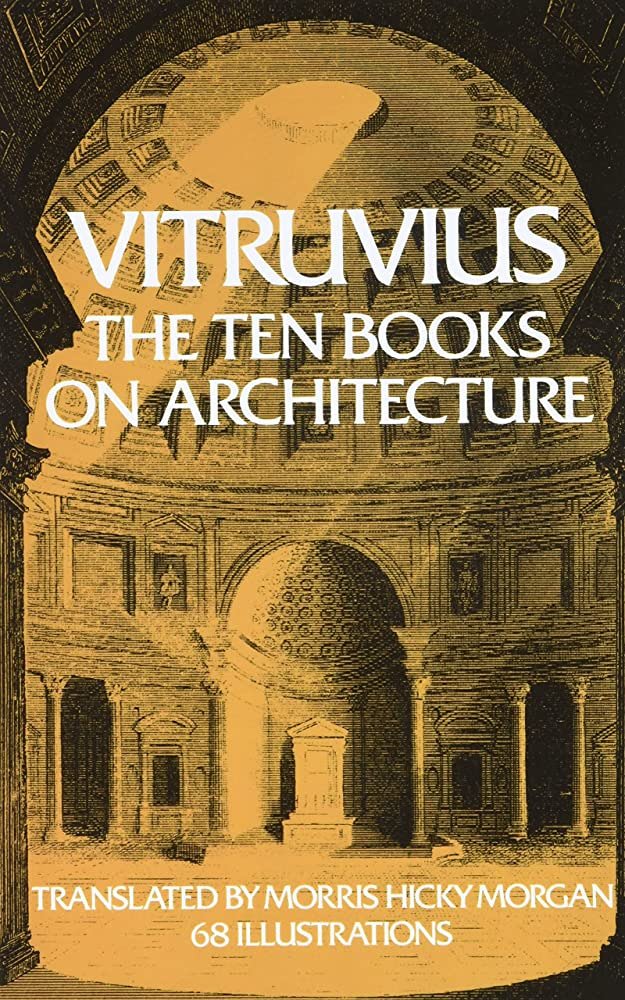Co-creation in Architecture
“There are three forms of visual art: Painting is art to look at, sculpture is art you can walk around, and architecture is art you can walk through”
- Dan Rice
Art is a solitary pursuit. 99 times out of 100, art requires solitude. The idea born in the silence of a creative mind comes up to the surface through the meditative process of making.
Architecture, on the other hand, is a team sport. In order to produce a solution, an Architect relies on input from their client and often, multiple other stakeholders. A building project has many parents, every one of which feels that the project is their baby. They feel invested once they start contributing their ideas and opinions, no matter how small.
The design process in architecture allows the client to peek behind the secrecy of art-making and participate in co-creation. In a way, architecture is art that you get to create with and alongside the artist.
Like in all group projects, however, it is important that every participant knows and understands their role. The owner is responsible for providing information about the site, and sharing their vision for how the new space will be used. It is also ultimately up to the owner to finance the project and keep an eye on the budget. Unlike art for art’s sake, architecture for architecture’s sake rarely happens. There is usually a budget you have to work within.
The Architect’s role is to understand the owner’s vision and bring it to life in the best way possible. A good Architect asks questions and listens, not assuming they know. It is their responsibility to establish lines of communication in the project and use them often.
This interpretive dance continues when the builder comes on board. As they learn to understand the design, co-created by the Architect and the owner, they also contribute their own craft to it. It is the builder who brings the owner’s vision, defined and refined by the Architect, to life. Like a stone sculpture, a building starts as an idea that is then explored and developed in working sketches and prototypes, and finally, chiseled to reveal the end result.
The design process and its outcome - architecture - draw upon the intangible resources within the owner who participates in its creation, the Architect, who serves as an interpretative translator to the owner, and the end user, who experiences the design as a part of their space-time continuum.
Like interacting with a piece of art, experiencing architecture through a series of spaces, textures, volumes, and light variations brings on a response. This is why we feel differently in rooms with low ceilings (cozy, sheltered, or oppressed, anxious) than those with high ceilings and lots of light (inspired, free, or lost, overwhelmed). We bring our own lived experience, which we layer on top of the Architect’s vision. It either speaks to us or we don’t get it.
As the Roman architect Vitruvius formulated two thousand years ago, good architecture ticks these three boxes:
Commodity
Firmness
Delight
The first two seem self-explanatory: the building should be useful and it should be structurally adequate. Whose delight should we be concerned with?
I’m going to say that it isn’t the Architect’s (gasp!) The building should delight those who live in it, those who work in it, and those who look at it from the street. It is the people’s response that is the target of the co-creation between the Architect, the owner, and the builder. The ultimate success is when the people feel that the building speaks to them.
And this delight in the people is what brings joy and meaning to our work as Architects and artists. It is what fills the skilled builder with pride. And it is the very same thing that inspires the successful client to dream and create again.
Learn more about our architecture firm here.
Sign up for our blog here.


